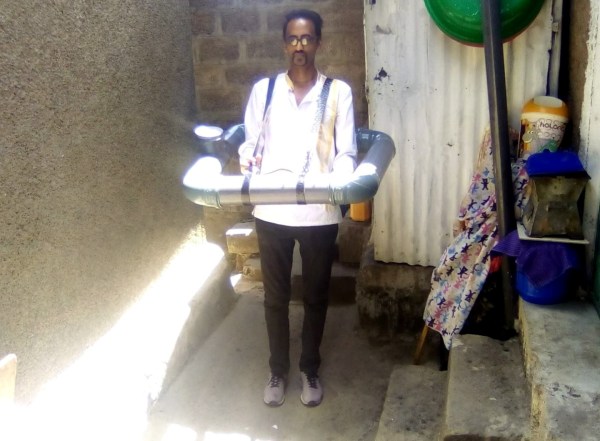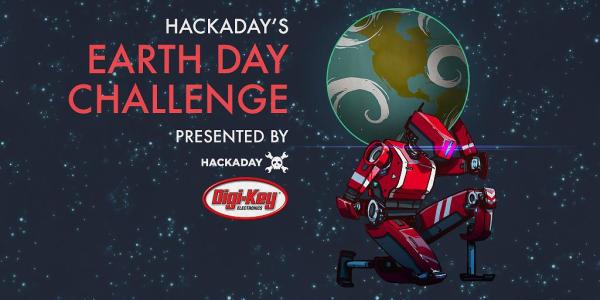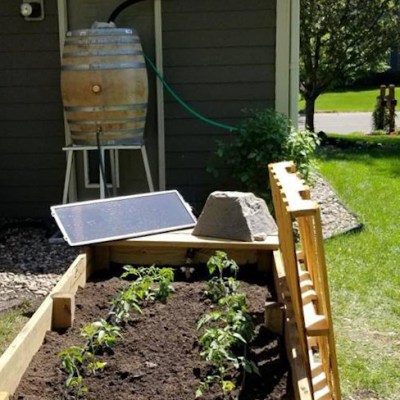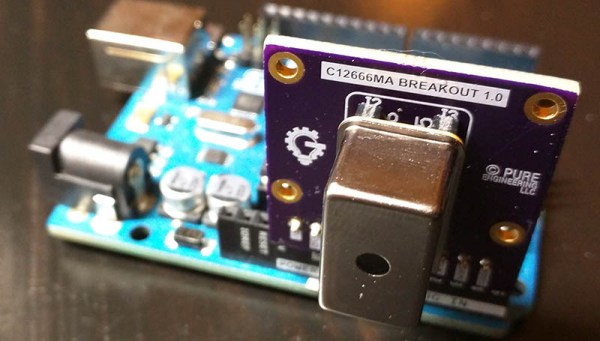How far do you have to go for a glass of clean water? Not very? Just go to a sink and turn on the faucet? We would venture to guess that is the case for most Hackaday readers. Maybe you even have a water softener, or a filter on your tap to make your drinking water even more palatable and free of heavy metal.
In Ethiopia and many other countries, people do not have access to clean, flowing water and must walk several kilometers to fetch it from somewhere that does. And they’re not doing this on paved roads, either — these women are cutting treacherous paths across mountains and through muddy, rocky terrain that make wheeled transport nearly impossible. How do you comfortably lug around 25 kg (~55 lbs) worth of sloshing water? You don’t, unless you have [Anteneh Gashaw]’s ingenious jerrycan.
As you can see in the video below, the current crop of jerrycans are just big plastic jugs that have to be carried on top of the head or the shoulder, both of which are bad for bodies. [Anteneh]’s can evenly distributes the weight by wrapping it completely around the person carrying it and suspending it from both shoulders like a beer-and-peanuts vendor’s carrying case. Basically, it’s a PVC inner tube with shoulder straps. Simple, cheap, and effective = absolute genius in our book. Ideally, everyone would have free access to clean water, both cold and hot. Until that time, [Anteneh]’s entry into our Earth Day Challenge is a great workaround that will no doubt save a lot of spines.
Potable water may be closer than you think. Build a portable potability predictor and you might not have to travel so far.
Continue reading “Earth Day Challenge: A Better Way To Wrangle Water”















